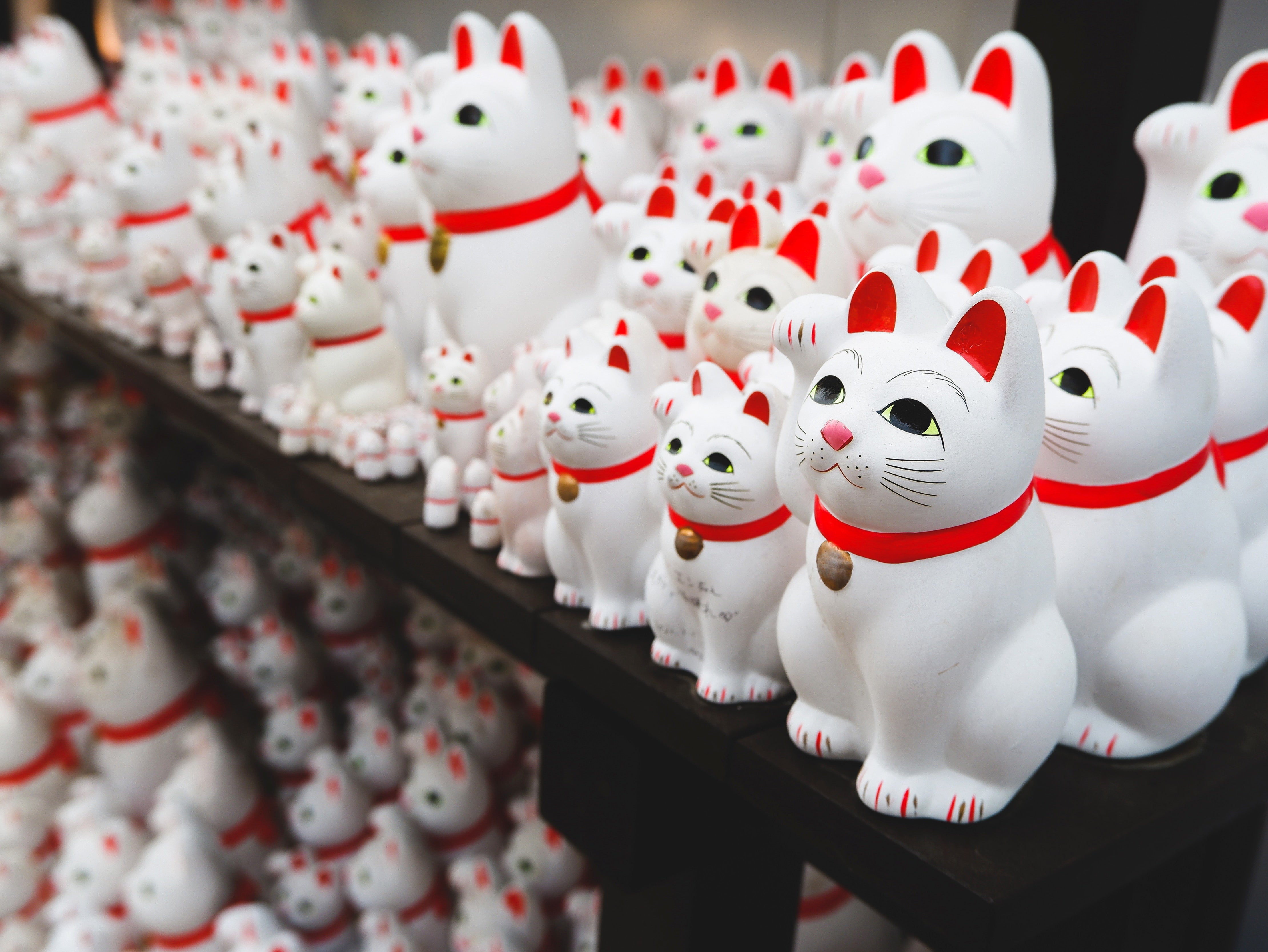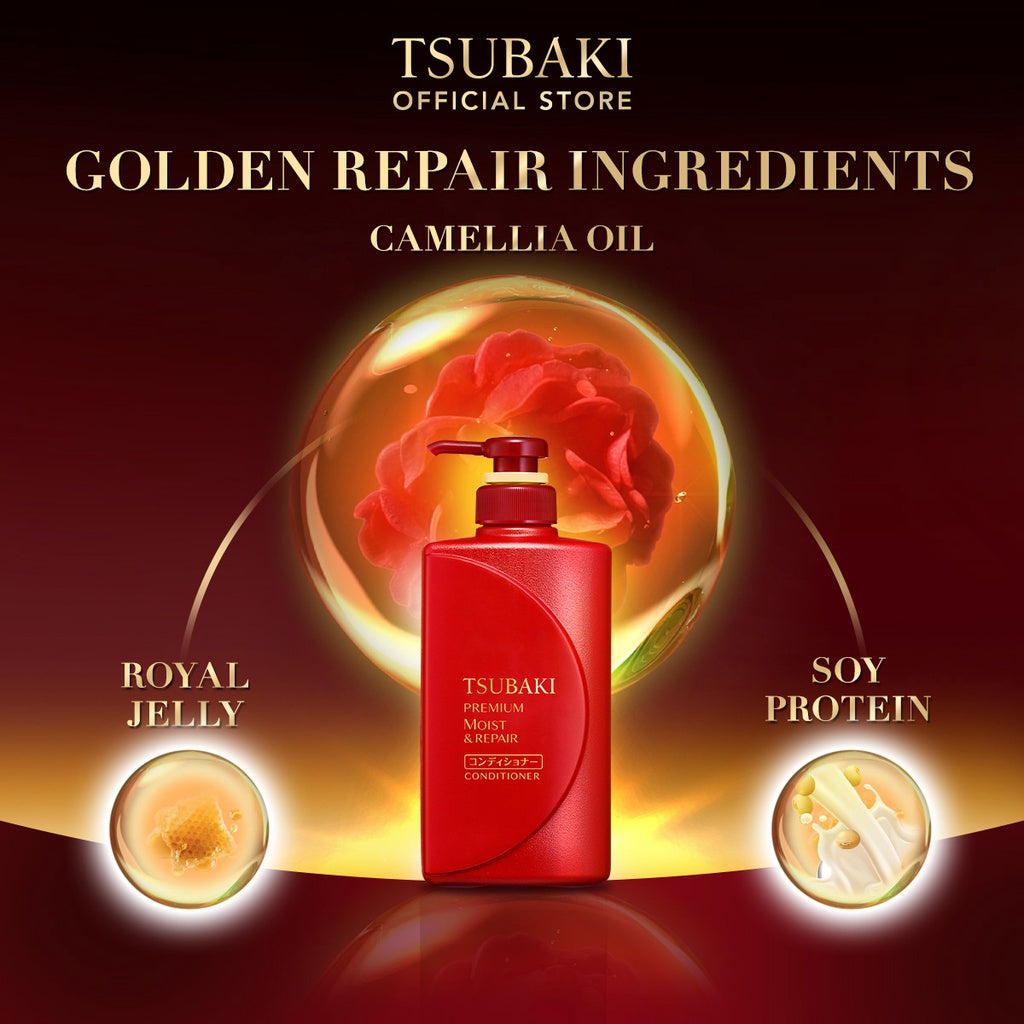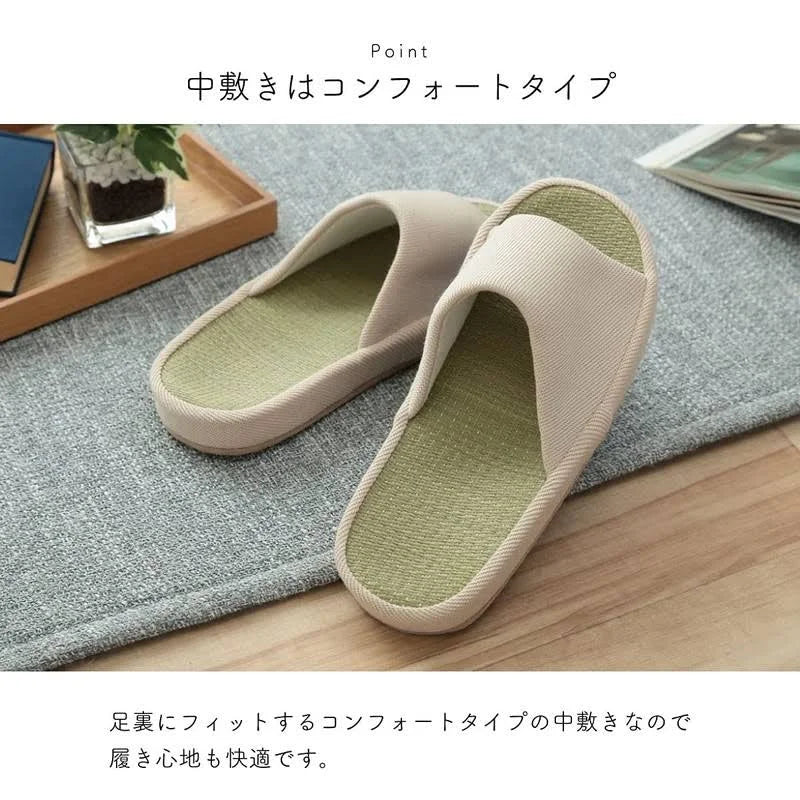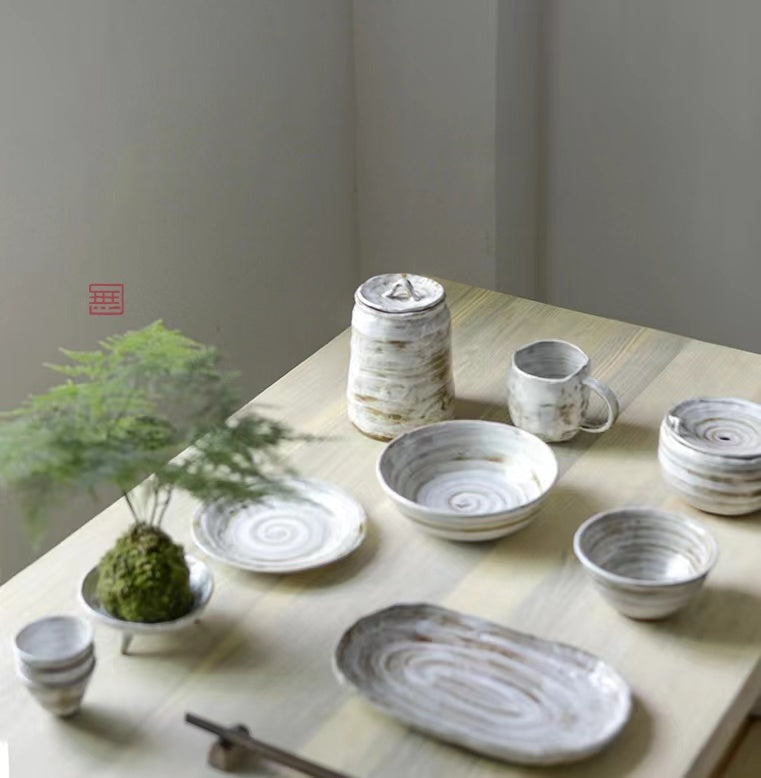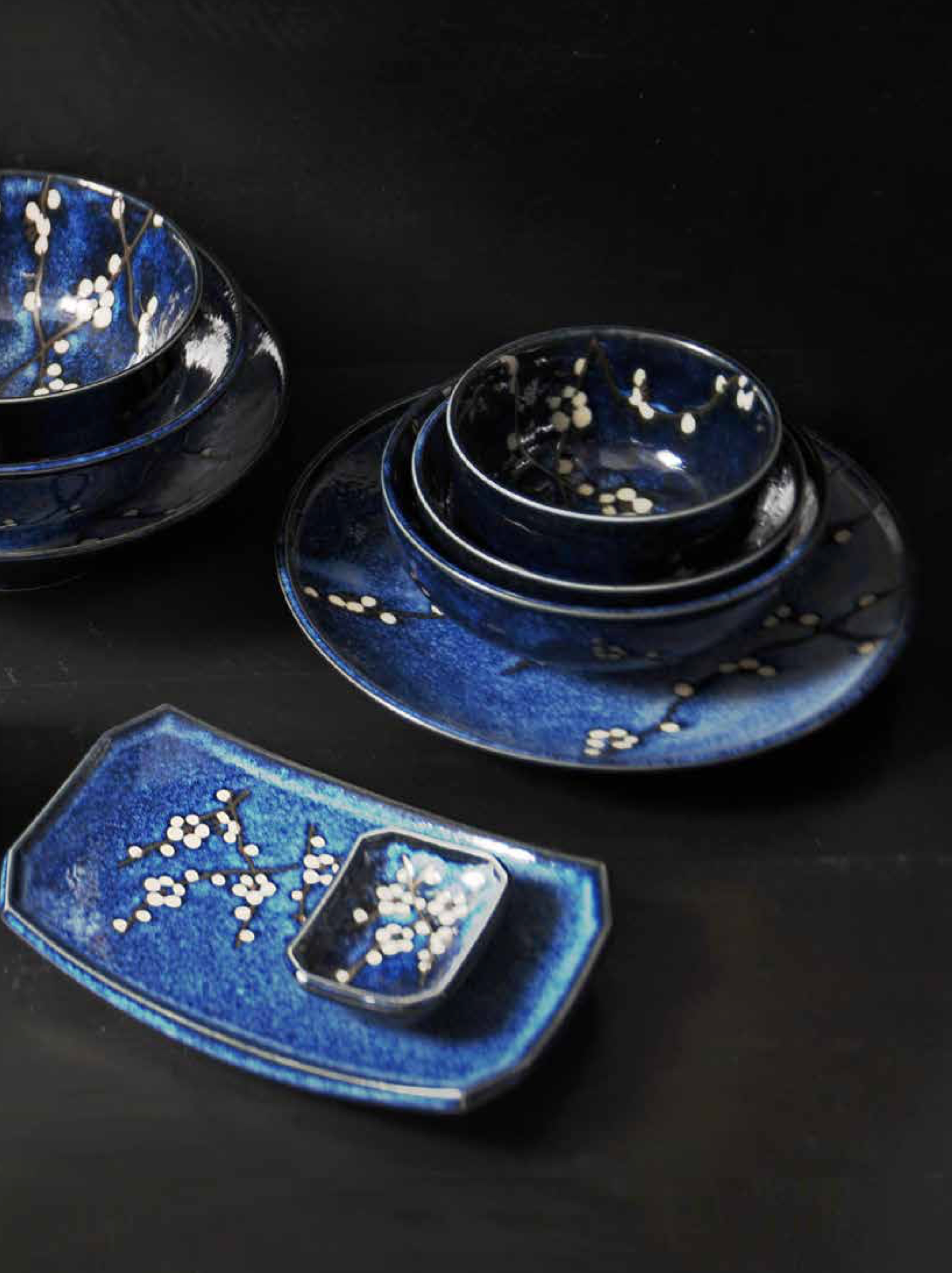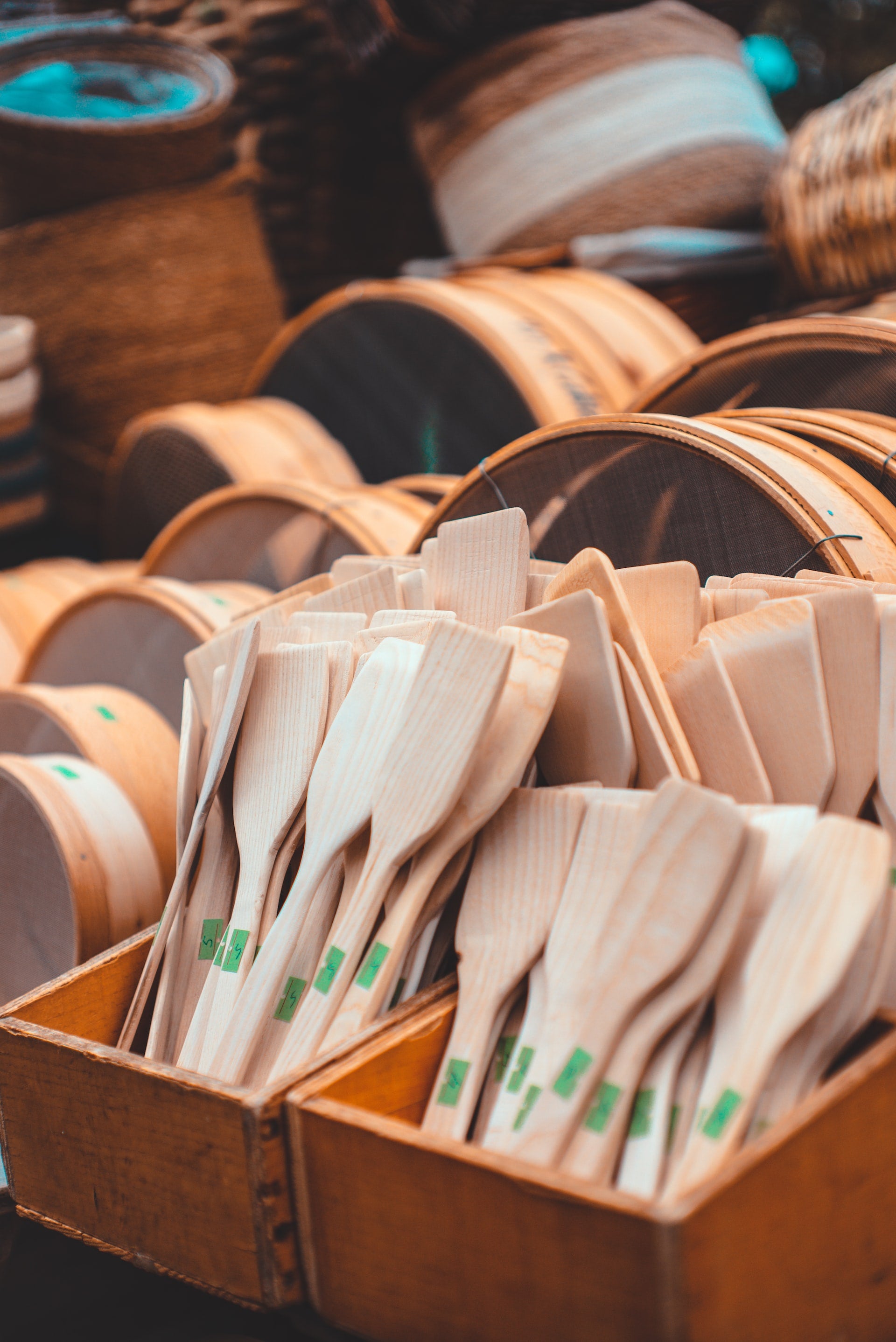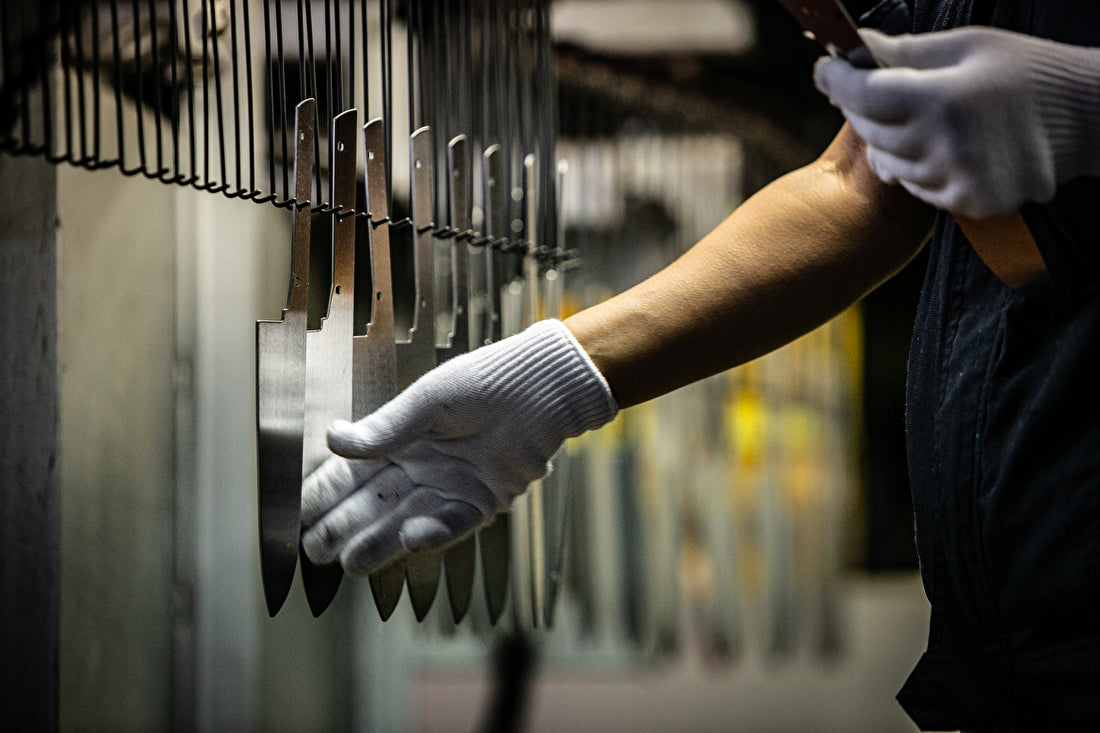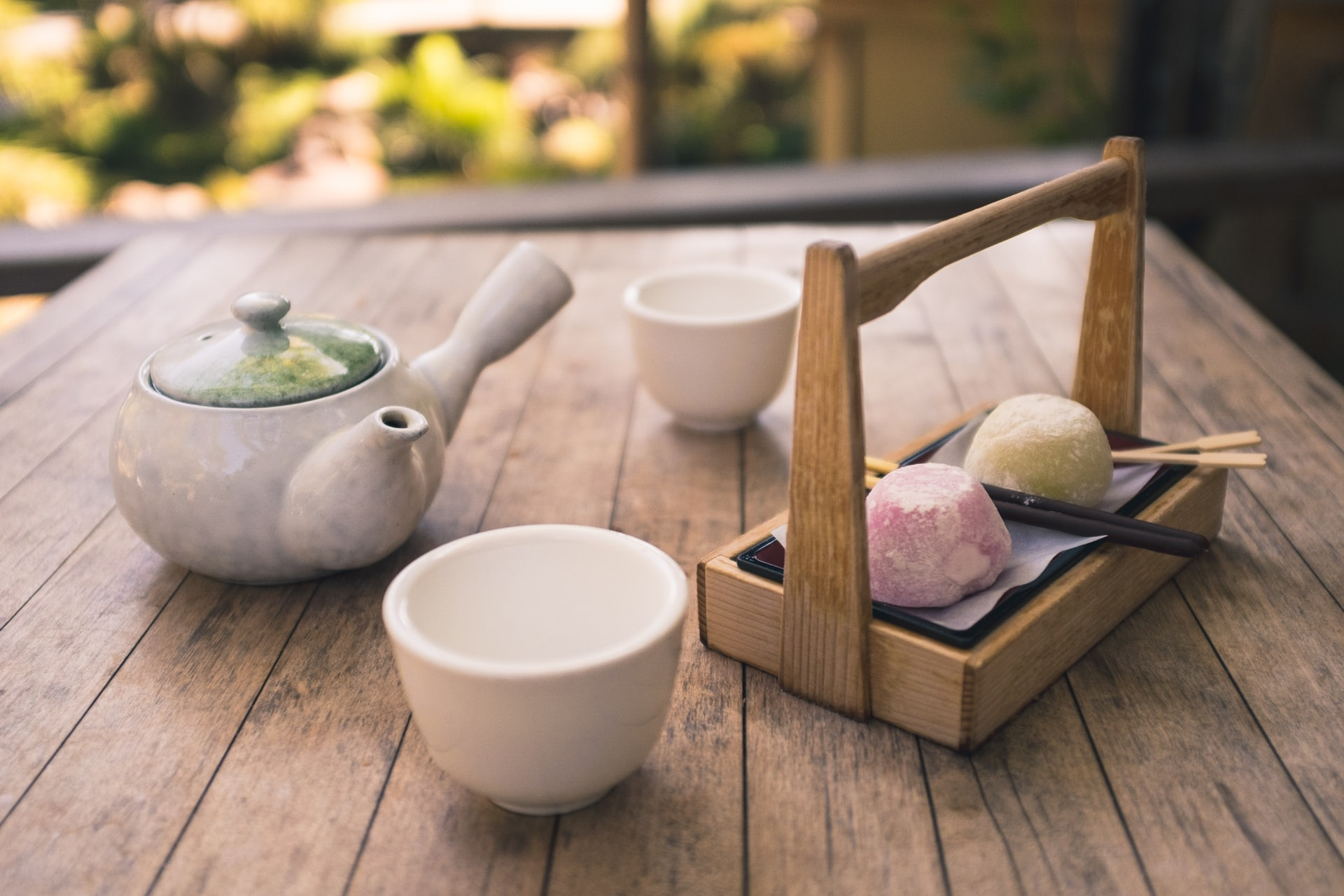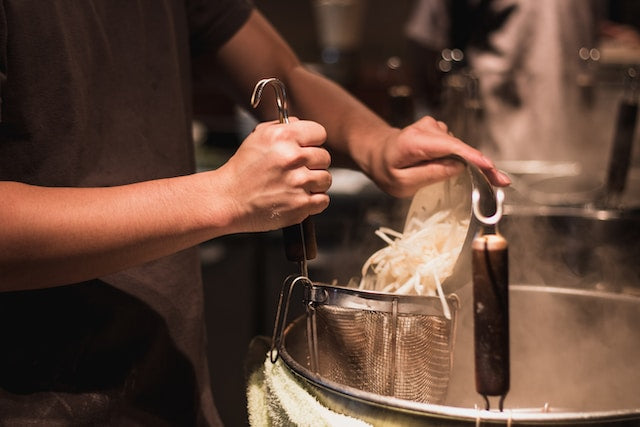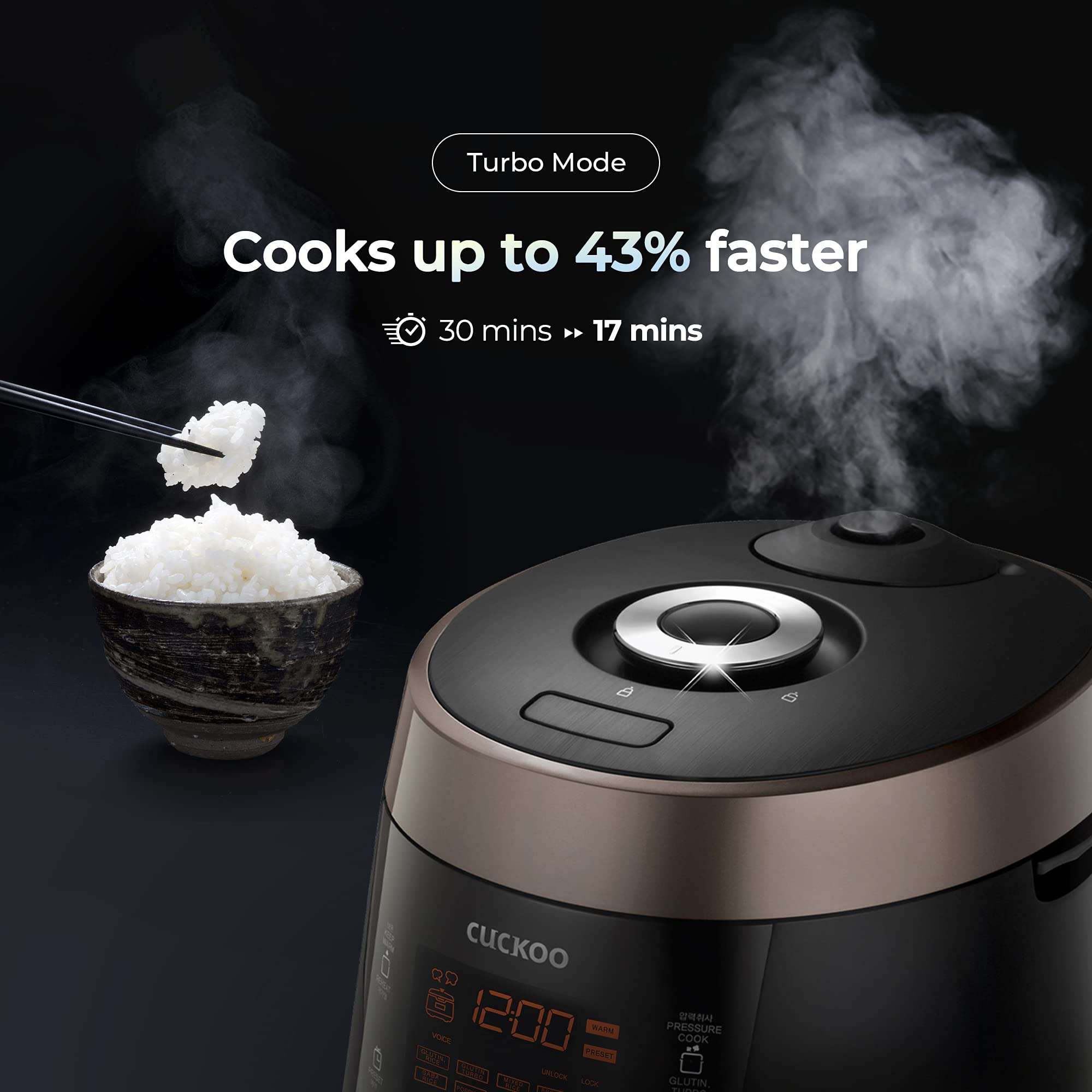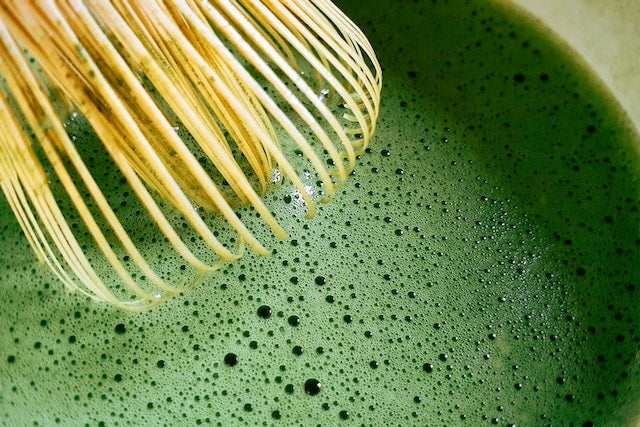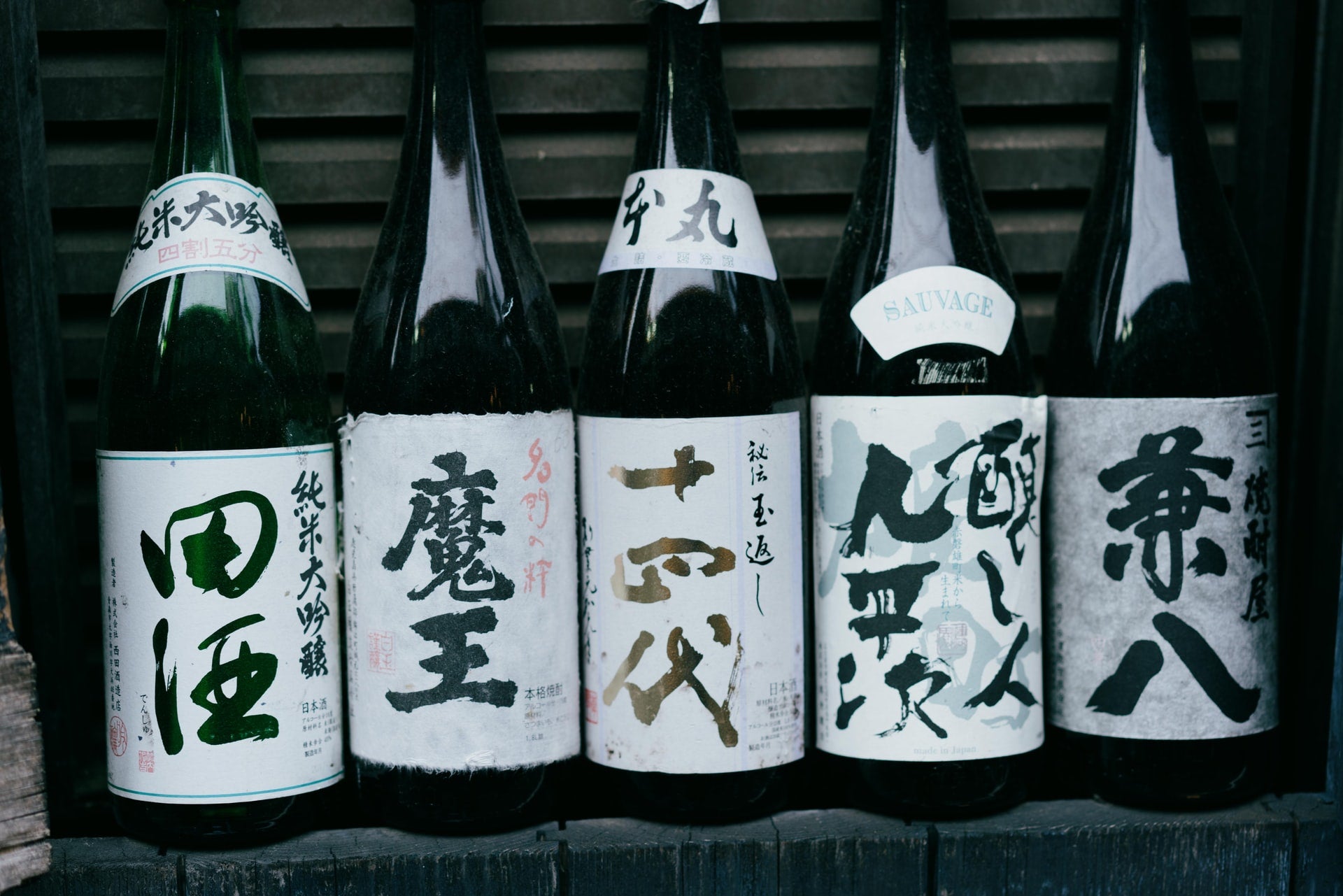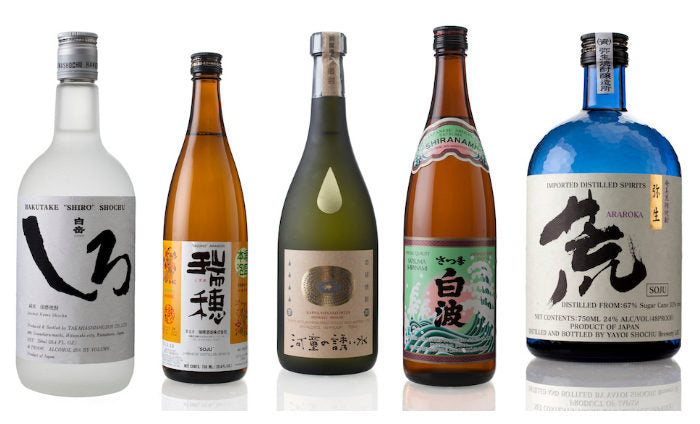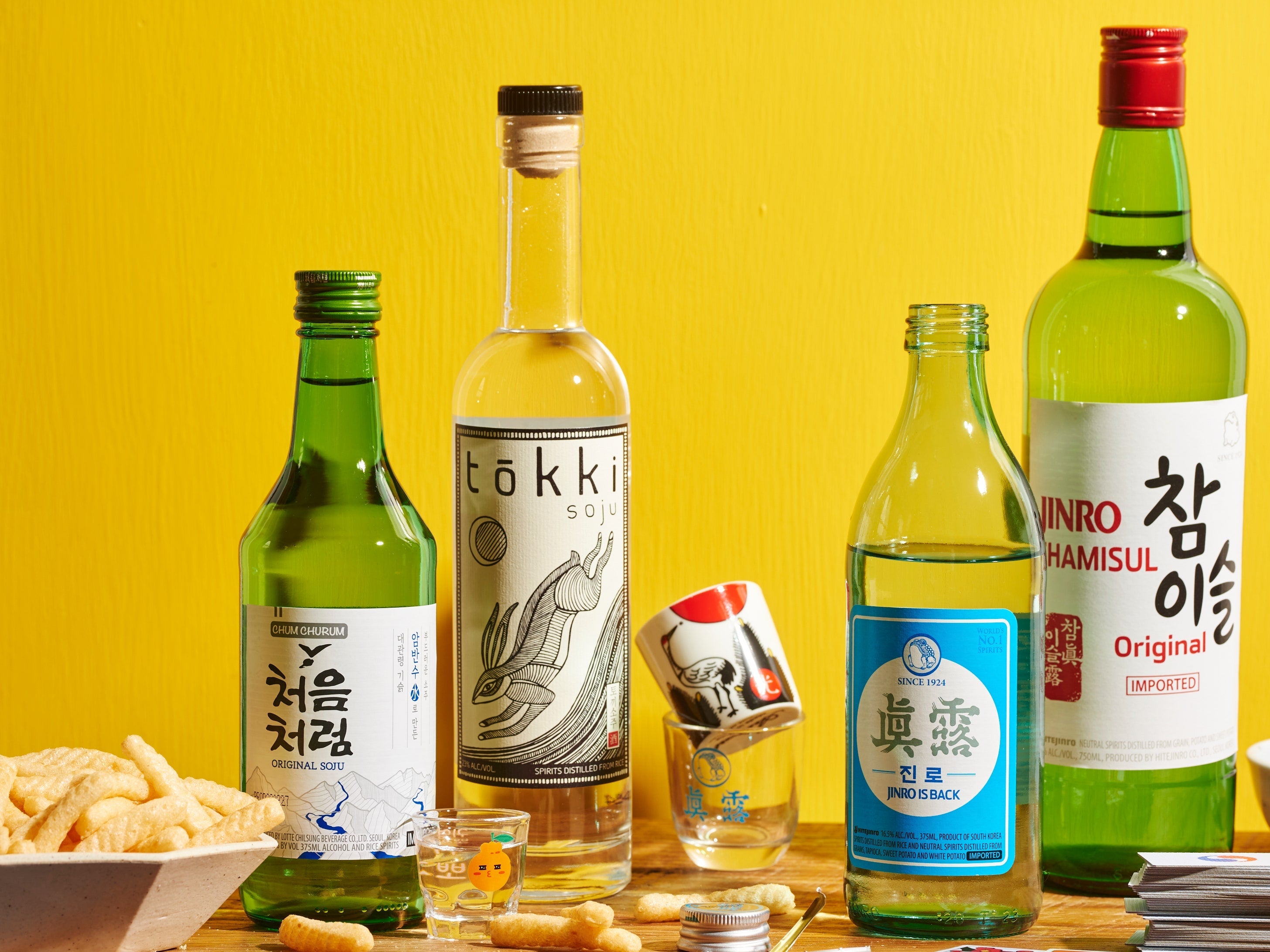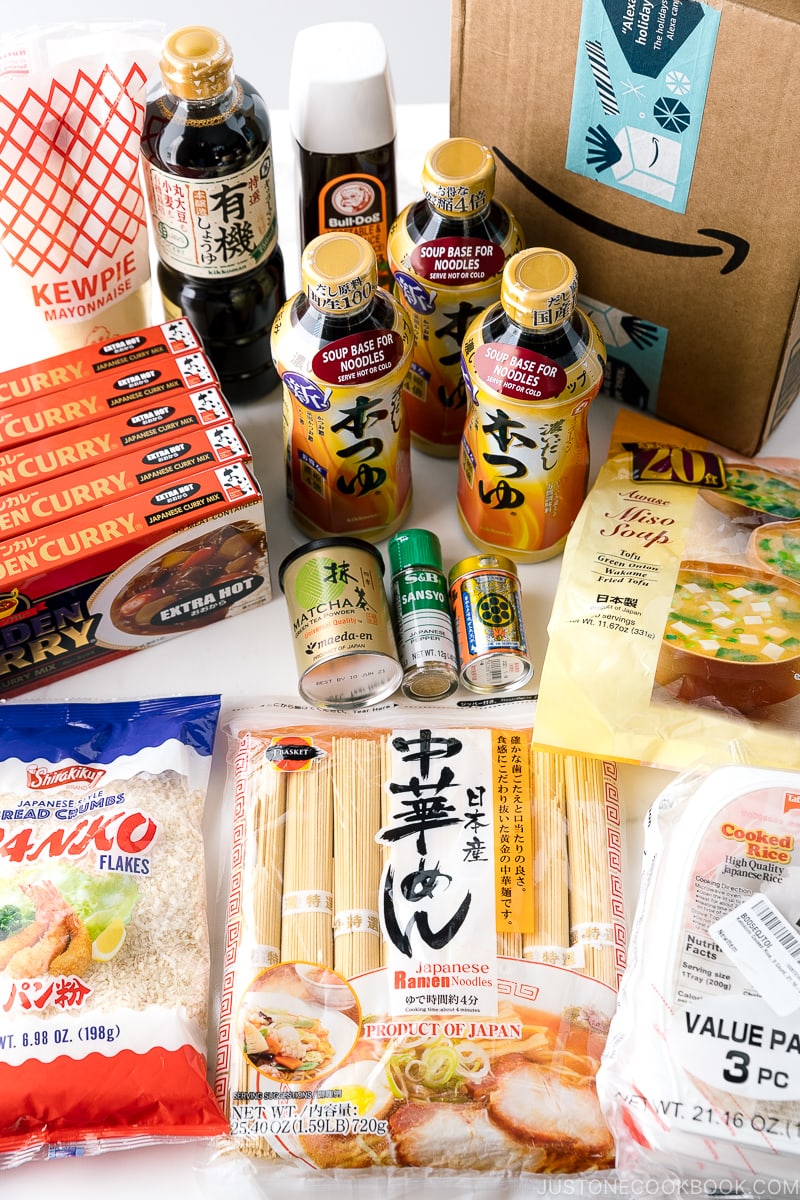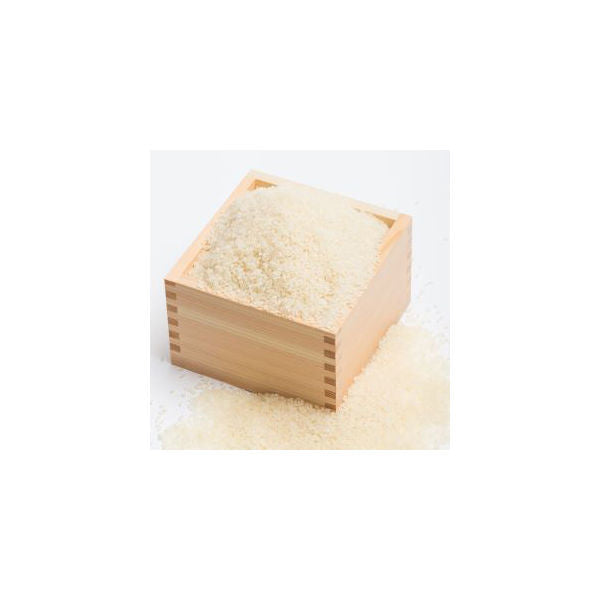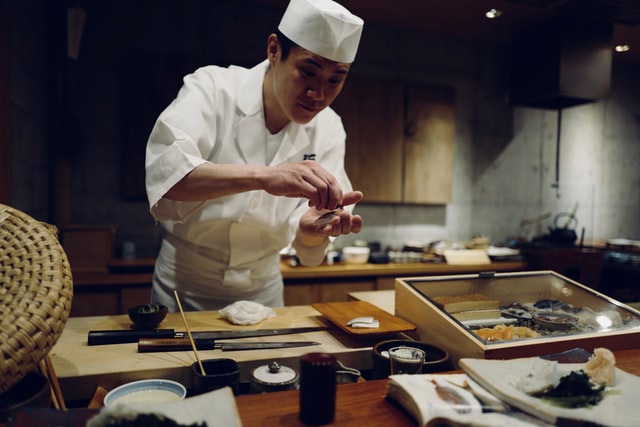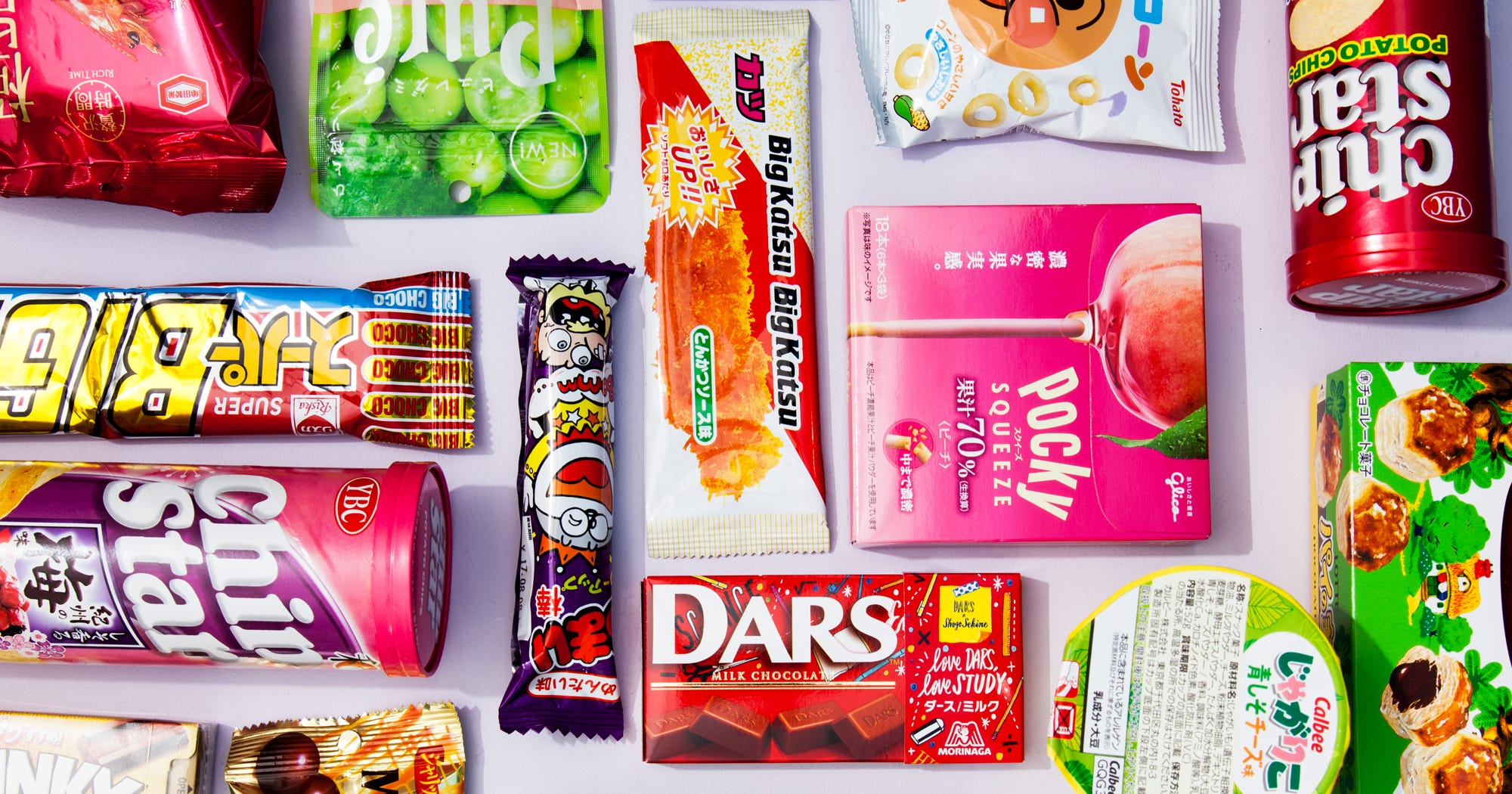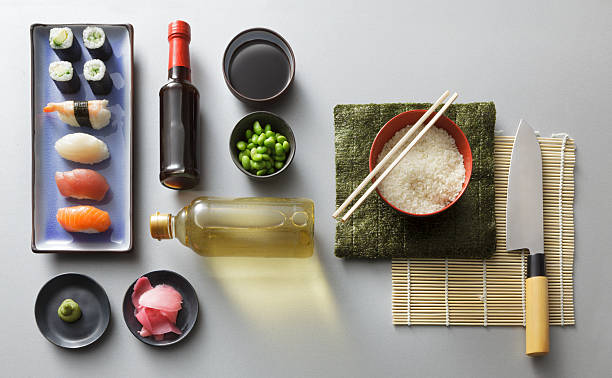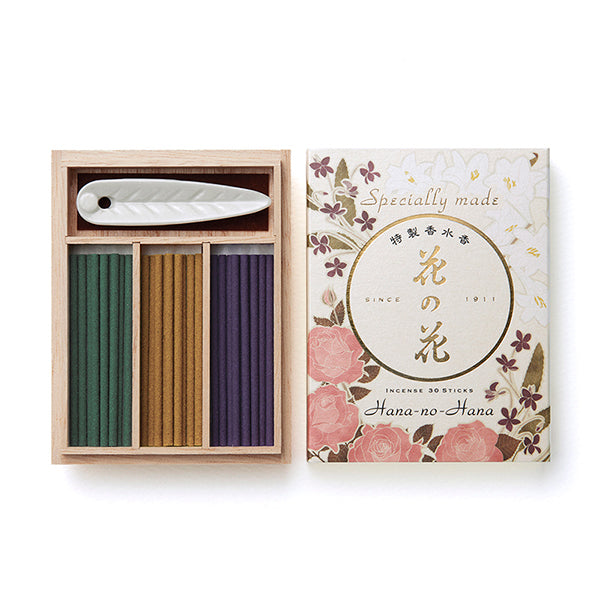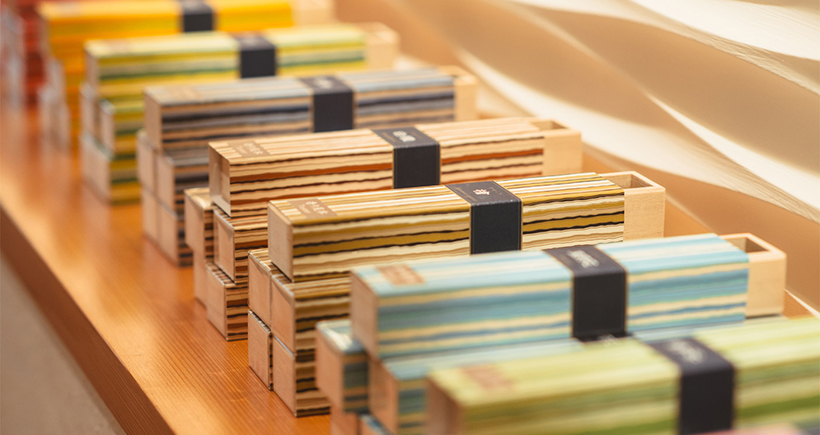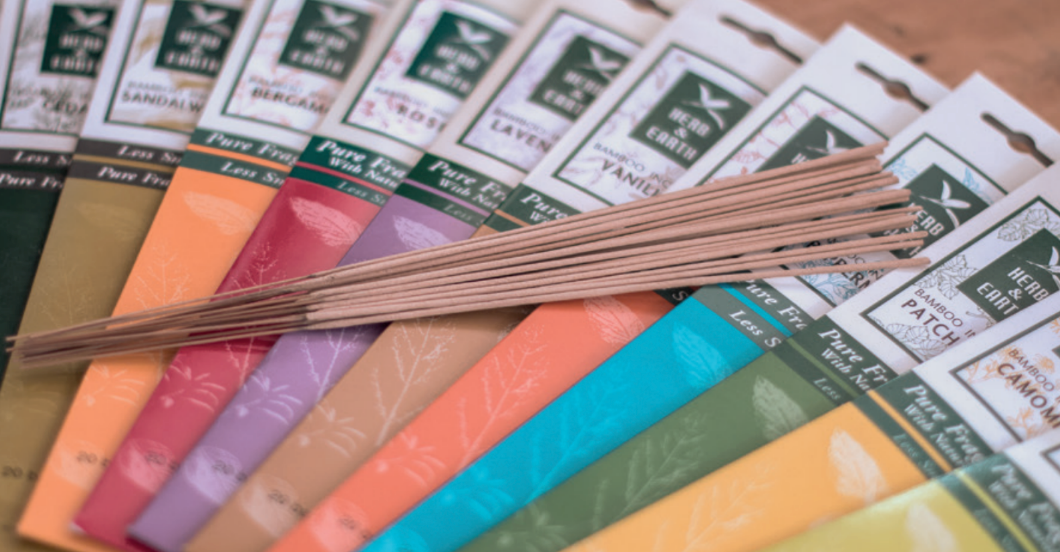What Makes Japanese Incense Unique? A Deep Dive into Its Art & Tradition
Introduction
- Briefly introduce incense as a global tradition.
- Mention how Japan has a distinct approach to incense compared to other cultures.
- Set the stage for exploring what makes Japanese incense special.
1. The History of Japanese Incense
- Origins: How incense was introduced to Japan (via China and Korea, around the 6th century).
- Role of Buddhism: How incense became deeply intertwined with religious and spiritual practices.
- Evolution into an art form: The rise of Kōdō (the Way of Incense) during the Heian and Edo periods.
2. The Philosophy Behind Japanese Incense
- Kōdō (香道): The Way of Incense – More than just burning incense, it’s a sensory and meditative practice.
- Incense as an experience: How it’s used for mindfulness, appreciation, and storytelling.
- The concept of “listening” to incense rather than just smelling it.
3. High-Quality Natural Ingredients
- Japan’s focus on rare and precious materials:
- Kyara (伽羅) – The most prized aloeswood.
- Jinkō (沈香) – Aloeswood, a sacred and fragrant resinous wood.
- Byakudan (白檀) – Japanese sandalwood, known for its soft, sweet aroma.
- Herbs & Spices – Clove, cinnamon, star anise, etc.
- No synthetic additives: Traditional Japanese incense is usually free from artificial scents or chemicals.
4. Unique Forms & Craftsmanship
- Incense sticks without a bamboo core – Unlike many Western incense sticks, Japanese incense is made purely from aromatic ingredients, producing a cleaner, more refined scent.
- Incense cones, coils, and kneaded incense (Nerikō) – Various forms for different purposes.
- Handmade production methods – Skilled artisans in Kyoto, Awaji Island, and other regions still craft incense using time-honored techniques.
5. How Japanese Incense Differs from Other Cultures
- Japanese vs. Indian Incense – No strong, smoky, or overpowering scents; instead, it’s subtle and refined.
- Japanese vs. Chinese Incense – More focus on meditation and personal rituals rather than large-scale offerings.
- Japanese vs. Western Incense – Western incense often contains essential oils and is more pungent, while Japanese incense is designed for slow, intimate appreciation.
6. The Role of Incense in Modern Japanese Culture
- Used in temples and religious ceremonies.
- Integral to tea ceremonies and meditation practices.
- Growing popularity in daily life for relaxation and aromatherapy.
Conclusion
- Recap what makes Japanese incense unique: its philosophy, craftsmanship, and natural ingredients.
- Encourage readers to try authentic Japanese incense and explore the art of Kōdō.
- Call to action: Ask readers about their experiences with Japanese incense or recommend beginner-friendly brands.



